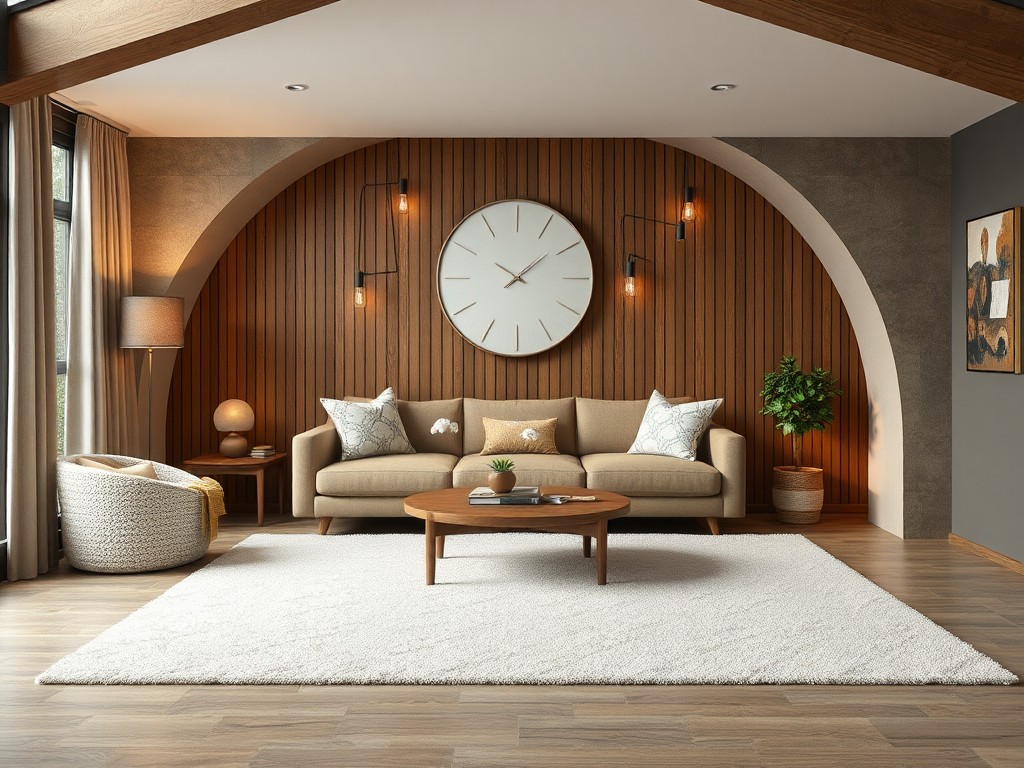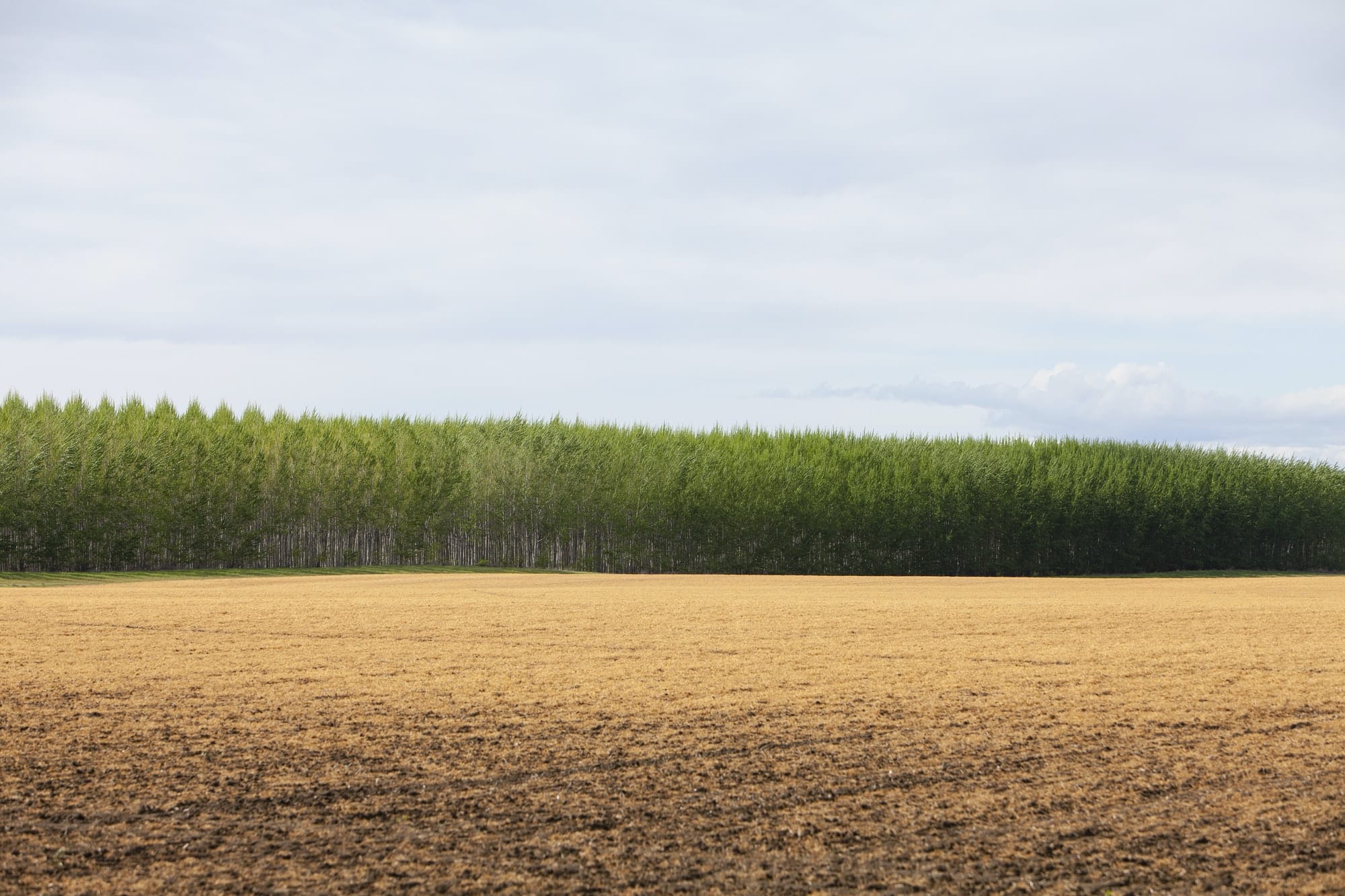As more of us grow aware of the importance of nurturing local ecosystems, the desire to incorporate native trees into our gardens has blossomed. However, city living often brings with it the challenge of limited space. So, how can we fulfill the need to encourage wildlife, while also ensuring that the plants we choose will thrive in a small garden? The key is to select trees that are inherently suited to such spaces.
This article aims to help you make the best possible choices for your city garden. We will explore five native UK trees that are not only compact in size, but also provide stunning visual interest throughout the seasons, support local wildlife, and are resilient to the urban environment.
A découvrir également : How to Choose the Best Soil Type for Raising Orchids Indoors in the UK?
Hawthorn (Crataegus Monogyna)
Hawthorn is a robust native tree that often thrives in the harshest of conditions. It’s a perfect choice for the urban gardener, as it can reach a manageable height of 4-8 metres. The hawthorn is known for its stunning white blossom that adorns the tree in spring, followed by red berries in autumn that are a vital food source for birds.
Its dense, thorny foliage makes it an excellent shelter for many creatures, providing a wildlife haven in the heart of the city. Moreover, it’s resilient to pollution, making it an ideal tree for city gardens. With a moderate spread, this tree won’t take over your garden but will certainly enhance its biodiversity.
Dans le meme genre : What’s the Most Effective Mulching Technique to Suppress Weeds in UK Flower Beds?
Rowan (Sorbus Aucuparia)
Known as the ‘Lady of the Mountains’, the rowan tree is a magical addition to any small garden. With a typical height of 6-15 metres, rowan manages to keep a slim profile and moderate spread, making it highly suitable for smaller spaces.
From April to May, clusters of creams flowers burst into bloom, followed by an impressive display of bright red berries in autumn. These berries are loved by birds, inviting a touch of wildlife into your garden. The leaves of this tree also provide a feast for the eyes, as they transform from a glossy, fresh green in spring and summer, to a fiery spectacle of oranges and reds in autumn.
Silver Birch (Betula Pendula)
The silver birch is a slender, graceful tree with a peeling white bark that adds a touch of beauty to any small garden. It generally reaches a height of 15-25 metres but boasts a small spread, making it a suitable choice for limited spaces.
This tree’s diamond-shaped, bright green leaves turn a golden yellow in autumn, providing a dazzling display of colours. Their small size allows light to filter through, ensuring that the areas beneath the tree can still support other plant life. Furthermore, the silver birch is a particular favourite among wildlife, especially insects, as its sap is a delicacy for many.
Holly (Ilex Aquifolium)
Holly is a versatile, evergreen tree that thrives in a variety of soil types. It’s particularly useful for small gardens, as it can be pruned and shaped to control its size and spread. The typical height of a holly tree is between 10-20 metres, but its slow growth rate means it can be managed effectively in a small space.
Its iconic glossy, dark green leaves and bright red berries provide visual interest all year round. The robust nature of the foliage, combined with the berries, make the holly tree a popular habitat and food source for birds, insects, and small mammals.
Crab Apple (Malus Sylvestris)
Crab apple trees are a fantastic choice for a small garden. Their height varies between 4-10 metres and they tend to spread outwards rather than upwards, giving them a compact, manageable size.
In spring, these trees transform into a cloud of soft pink-white blossom, attracting a symphony of buzzing bees. As autumn arrives, the flowers give way to small, yellow-red apples, providing a feast for various wildlife species. The leaves of this tree also change colour in the autumn, bringing a splash of yellow and orange to your garden.
These five trees are not only wonderfully compact and beautiful, they are also champions of local wildlife. Planting native trees in our city gardens is more than a symbol of care for our local environment, it’s a concrete step towards making our cities more friendly to nature. Now, armed with the knowledge of which trees are best suited to your small city garden, you can make a choice that will benefit both you and the local wildlife.
The Benefits of Planting Native Trees in Small City Gardens
Planting native trees as part of your urban gardening efforts has a multitude of advantages. Firstly, these trees are naturally more resilient and adaptable to the local climate and soil conditions. This increased hardiness often means they require less maintenance, and they are less prone to disease and pest problems than non-native species.
Secondly, native trees are a vital component of local ecosystems, offering refuge and sustenance to a variety of species. This is particularly important in urban environments where wildlife habitat is limited. By planting native trees, you are essentially creating a mini wildlife sanctuary right in your backyard.
Thirdly, native trees are excellent at absorbing dust and other air pollutants, thus improving the air quality around your home. Trees such as the silver birch, with its dense canopy, are particularly effective at this.
Finally, native trees are inherently beautiful. Their year-round displays of colour and texture can transform even the smallest of gardens into a haven of tranquillity and beauty. From the delicate pink-white blossom of the crab apple tree in spring, the vibrant autumn colour of the rowan, to the evergreen leaves of the holly tree providing visual interest all year round, these trees are a feast for the eyes in every season.
Conclusion: Choosing the Best Trees for Your Small City Garden
The beauty of having a small city garden is that it needn’t limit your aspirations for creating a lush, vibrant space teeming with life. Armed with the right advice and inspiration, you can make the most out of your small garden by selecting the best trees that not only match the space requirements but also add aesthetic appeal and support local wildlife.
The silver birch with its slender stature, the hardy hawthorn with its spring white flowers, the magical rowan with its autumn bounty, the versatile evergreen holly, and the charming crab apple – each of these native trees bring something unique to your urban garden.
Remember, a garden, no matter how small, can be a powerful tool in supporting growers, fighting plastic waste and delivering fresh nursery stock. By choosing native trees for your garden, you are not only enhancing your own outdoor space but also making a significant contribution to the wellbeing of the local ecosystem.
Urban living needn’t be devoid of natural beauty. With some careful planning and selection, you can have a small city garden that’s bursting with life and beauty throughout the year. Happy gardening!














